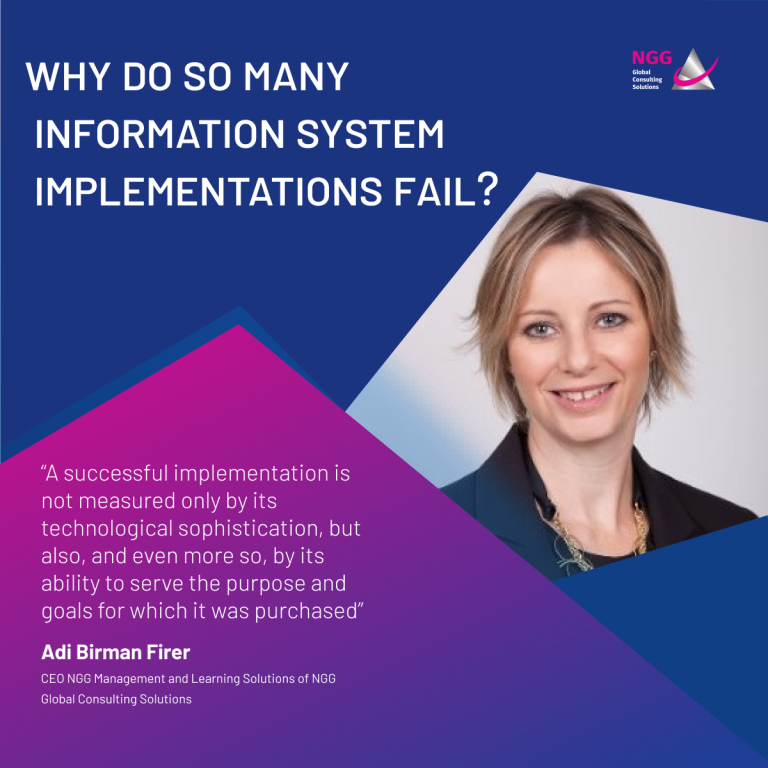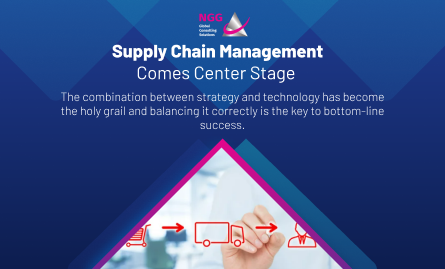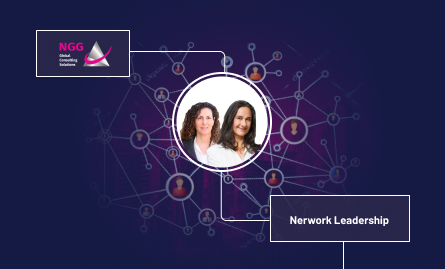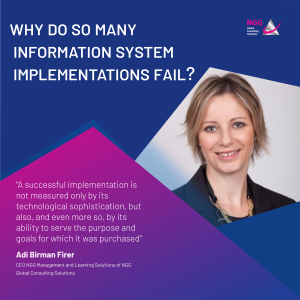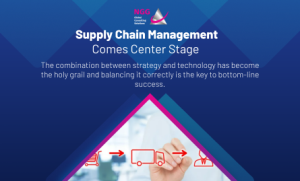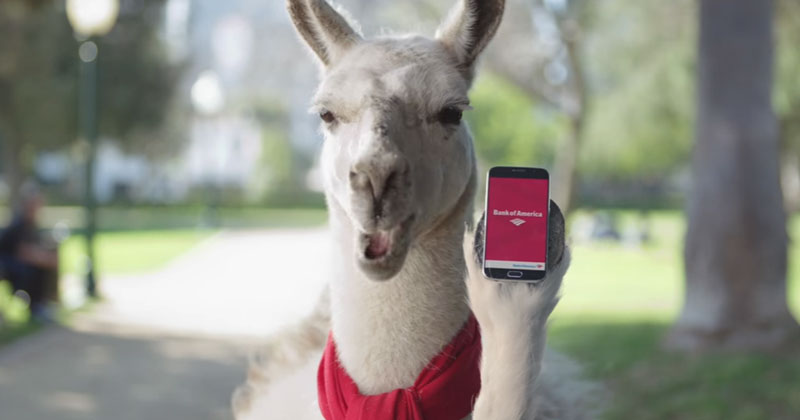
How changes in our consumption habits reflected, when working with large organizations such as banks, HMOs and automotive companies? NGG CEO Rami Jaulus, shows the changes required for strategical and organizational efficiency
Changes in consumer habits and the development of multi-channel, as well as consumer habits, through various channels – such as Internet, telephone and social networks – are changing the role of human service provider, whether we meet them at the branch or on the phone. Technology today enables us means we did not have at our service before: self-service capability, which we meet extensively (and glowingly) in banks, health services, airlines, etc.
Nowadays, banks enable us to be customers of their websites alone, fully. To carry out complete operations via smart phone or the site itself, and at most to use the Call Center service, which is increasingly becoming more automated.
Health services computerize entire processes and allow customers to receive medical advice or counseling via telephone and video chat, an option which did not exist just a few years ago. Results of medical tests are delivered via email or through the personal zone dedicated in their website.
Automotive companies develop applications that allow you to make an appointment, find a location, and get information about your car’s history. And of course, the most leading corporation of all, Amazon, which today enables us to buy anything and of any kind on the Internet.
This progress is accompanied by operating activities derived from the change in the way customers are purchasing. None of these organizations does not skip the necessity for operational and logistical support, supporting actions carried out by the customer. As a result of this advancement, it is required to transfer activities which were initially carried out by the service provider, in contact centers, to back-alley, operational arrays of support.
Simultaneously, two phenomena occur:
- Professionals, who were used to carrying out a variety of activities, turn partially relevant
- Organizational formations grow, since parallel to entities supporting the new services, it is difficult to streamline old-school processes, which are still indispensable.
The new strategy required is the strategy of centralizing actions, which we begin to visualize as implemented in different branches, deviating and recentralizing its actions from the front to the back, and by doing so, making the entire organizational array more efficient, flexible, and forms a more suitable specialty.
